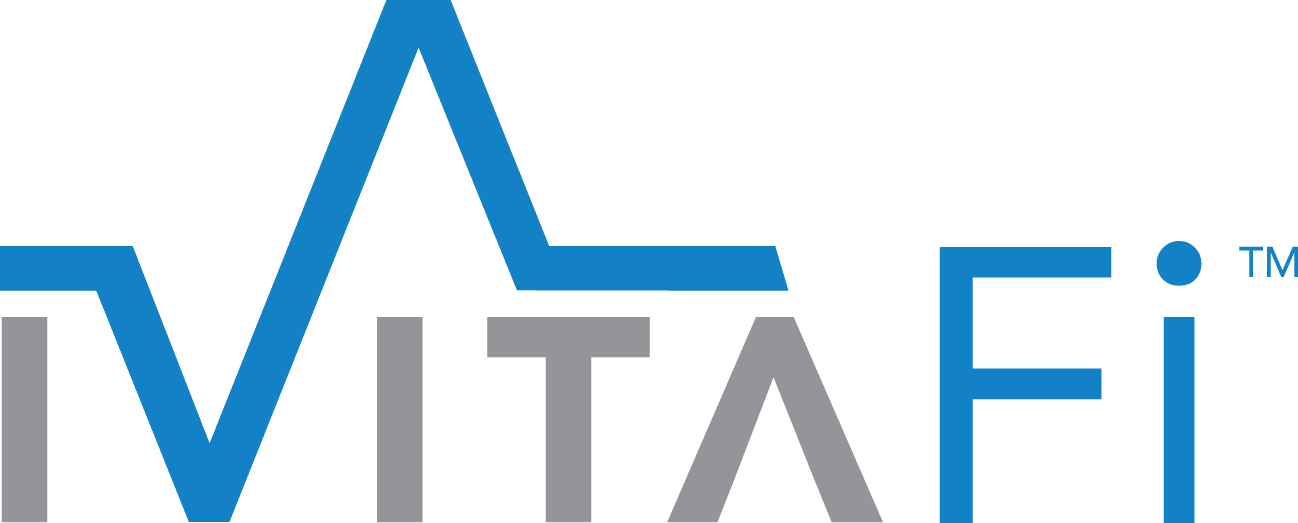Hospitals and health systems are already struggling to mitigate the impact of rising patient financial responsibility, declining payer reimbursement, and increased administrative burdens. Enter COVID-19 and those pressures are now greater than ever.
For example, the average cost to care for a COVID-19 patient is $73,300 [1] in addition to the added costs of procuring virus-related equipment and redeploying staff. It all adds up to a perfect storm scenario that is likely to have a significant impact on everyone’s financial outlook, whether patient or provider. Once the pandemic has waned, providers are likely to find patient collections even more difficult, especially from those who may have lost their jobs due to business closings. It is now more important than ever for providers to secure cash flow.
We’ve assembled some eye-opening statistics that represent the current challenges around patient payment collections in the U. S., as well as ways iVitaFi can help providers improve their yield and reduce patient bad debt—both now and after the pandemic has subsided.
Patients are now the third-largest payer, just behind Medicare and Medicaid.[2]
- 35% – Portion of provider revenue attributable to patient collections.[3]
- 34% – iVitaFi conducted a recent survey with consumers, and found that 34% of patients have had to find other ways to pay their healthcare bills outside of the options offered by the hospital.
- 82% – Individuals with employer-sponsored coverage who have an annual deductible as compared to 10 years ago (63%).[4]
- $1,655 – Average annual deductible for covered workers in 2019, an increase of 36% over the previous five years.[5]
- 88% – Increase in total hospital revenue attributable to patient balances after insurance over a recent five-year period.[6]
- 14% – Average increase in patient out-of-pocket costs for inpatient services between 2017 and 2018.[7]
Our take: As private insurance costs continue to rise, businesses will continue to shift more of the burden to the employee. As a result, high-deductible health plans will remain popular with consumers because of the low premiums. At the same time, those consumers often fail to budget for the higher out-of-pocket responsibility that comes with those plans, which can make it more challenging for providers to collect money from patients. While most patients want to pay their healthcare bills, they’re not being presented with affordable and realistic payment options. Hospitals should incorporate a consumer lending option as a standard practice to help reduce consumer bad debt and risk and to improve patient payment collections.
Hospitals struggle to collect patient balances.
- 35% – A recent consumer survey by iVitaFi found that 35% of patients are worried about how they are going to pay for their recent hospital service
- 4x – Reduction in percentage of patient collections with account balances greater than $5,000 as compared to patient collections with low-deductible health plans.[8]
- $617M – Increase in bad debt written off by hospitals in 2018 compared to 2015, resulting in $56.5 billion in total hospital bad debt.[9]
- 3+ months – The time it takes patients to pay their bills in full, with 24% taking longer.[10]
- ~100% – Hospitals that use paper billing statements.[11]
- >50% – Patients that prefer electronic statements and billing options.[12]
Our take: Yield on patient collections is typically very low. Provider-sponsored payment plans are an administrative burden that actually increases collection costs. Partnering with a recourse lender still requires providers to reserve for bad debt and manage defaults. Consider partnering with a non-recourse lender. They can help offset patient bad debt within days after discharge and eliminate the need to maintain a reserve.
Patients who struggle with unexpected bills often defer needed treatment as a result.
- 47% – Patients who are extremely or somewhat likely to cancel or skip hospital care based on concerns about how to pay (from a recent iVitaFi consumer survey).
- 40% – American adults who are unable to cover a $400 emergency with cash, savings, or credit card.[13]
- 69% – Americans with less than $1,000 in savings.[14]
- 14% – Americans living in a household facing challenges with paying medical bills.[15]
- 50% – U.S. adults that report putting off or skipping medical or dental care due to costs, with 1 in 8 saying their medical conditions have gotten worse as a result.[16]
Our take: Patients want to pay their healthcare bills just as they do other financial obligations. Hospitals can help them do this by offering a payment plan with 0% interest and long-term options, regardless of credit worthiness. Plans should include digital payment options that can be managed online.
Opportunities
- Consumers say access to self-service portals, simpler medical bills, and more payment options would not only improve their healthcare experience, but also encourage them to pay their financial responsibility in full.[17]
- Hospitals with higher patient-reported experience scores have greater profitability.[18]
- 52% – Patients who would appreciate more options to pay their medical bills than what they are currently being offered by their hospital.
- 78% – Patients who would go back to the same hospital if it offered extended payment options.
- 74% – Patients who would recommend the hospital to friends / family if it offered extended payment options.
- 65% – Patients who say having more payment options would improve their overall patient experience. (These final four data points are from the recent iVitaFi consumer survey.)
Our take: iVitaFi focuses on improving patient financial health and provider sustainability. Our program provides a no-interest line of credit for patients of all credit profiles, helping our partner hospitals throughout the U.S. improve cash flow, reduce patient bad debt, and improve patient payment collections. We help patients pay for their out-of-pocket costs, keeping them on the path toward complete physical and financial wellness.
Additionally, patients have provided feedback and find our program appealing to them for a variety of reasons, including:
- “Affordable Payments”
- “Easier than paying hospital all at once”
- “Quick approval process”
- “Wonderful Customer Service”
- “Easy to understand and complete”
- “Interest Free”
- “Everything is online”
Contact iVitaFi today to discuss financing options for your patient population and understand the best way to collect money from patients, or to request a financial analysis identifying the financial improvements that can be gained with a non-recourse lending program.
1 Fair Health (March 25, 2020). COVID-19: The Projected Economic Impact of the COVID-19 Pandemic on the US Healthcare System.
2 Evans, M., Fleming, K. (2017, June 28). What We Can All Do About Rising Healthcare Costs.
3 Ibid.
4 Claxton, G., Rae, M., Damico, A., Young, G., McDermott, D., & Whitmore, H. (2019). 2019 Employer Health Benefits Survey. Kaiser Family Foundation.
5 Ibid.
6 TransUnion Healthcare (2018, June 26). Patient Balances After Insurance Continue to Increase in 2018, Driving Bad Debt and Uncompensated Care.
7 Ibid.
8 Crowe Horwath LLP (2017, March 29). Hospitals should consider the impact of high-deductible plans on revenue.
9 Shoemaker, W. (2019). Bad debt expense benchmarks: U.S. acute care hospitals show improvements since 2015. Healthcare Financial Management Association.
10 Waystar (2018, May 3). Waystar™ Releases Second Annual Patient Payment Check-Up™ Survey.
11 Ibid.
12 Ibid.
13 Board of Governors for the Federal Reserve. (2019). Report on the Economic Well-Being of U.S. Households in 2018.
14 Huddleston, C. (2020, January 29). Survey: 69% of Americans Have Less Than $1,000 in Savings.
15 Cha, A. E., & Cohen, R. A. (2020). Problems Paying Medical Bills, 2018. National Center for Health Statistics at the Centers for Disease Control and Prevention.
16 Kirzinger, A., Muñana, C., Wu, B., & Brodie, M. (2019). Data Note: Americans’ Challenges with Health Care Costs. Kaiser Family Foundation.
17 Connance (2018, October 10). New Industry Survey Highlights Transformation Between Providers and Patients During the Financial Experience. 8
18 Betts, D., Balan-Cohen, A., Shukla, M., & Kumar, N. (2016). The value of patient experience Hospitals with better patient-reported experience perform better financially. Deloitte Center for Health Solutions.

